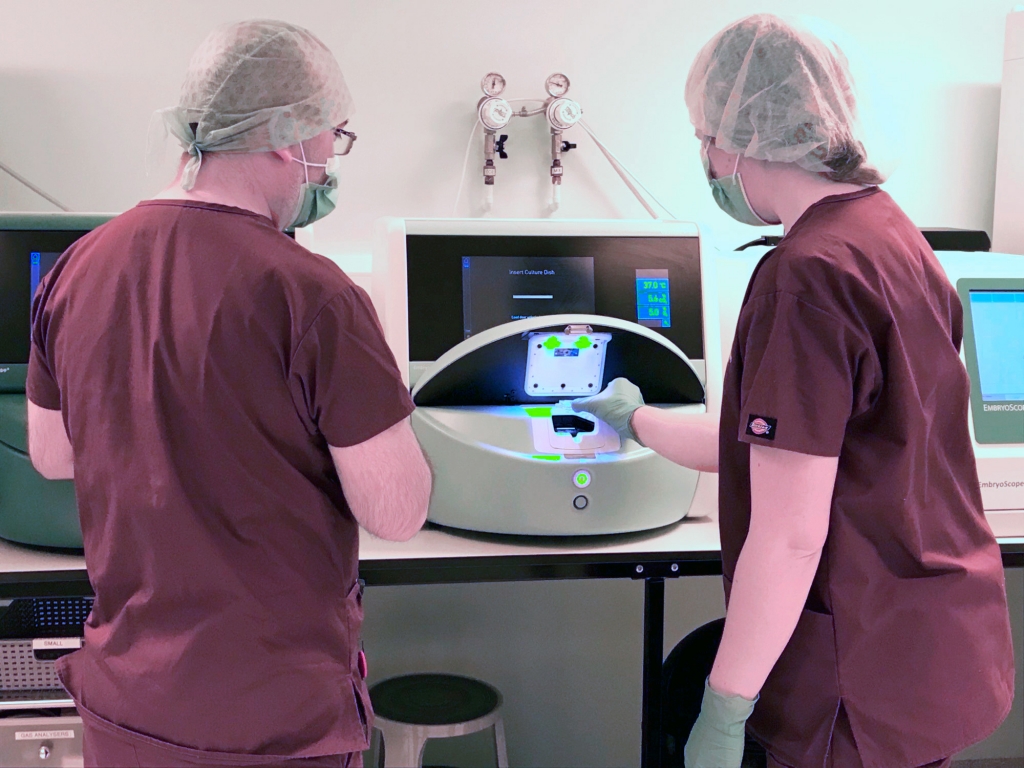IVF or in-vitro fertilization, despite its not-so-sounding name, is an important medical procedure for treating infertility in complicated cases. It consists of combining an egg and a sperm (pre-tested) in a laboratory before being placed in the uterus. All of this allows for a high success rate even for those who did not dream of having a baby.
However, the IVF procedure is quite complicated, and it is not cheap. That’s why several embryos (up to three) are usually placed in the uterus to increase the chances of success. And at some point, this became a problem, because IVF turned into a lottery – it was impossible to guess how many embryos would take root, because not all women are ready for several children at once.
If you are interested in cost of gestational surrogacy, we advise you best surrogacy agency – Delivering Dreams https://emcomanagement.com.
And rarely have women ever really thought about how serious a multiple pregnancy could be (especially the first one) and what risks it carries for the mother and children – what is the point of this information, if a woman already agrees to everything to get her own baby? However, you should still be aware of them.
RISKS OF MULTIPLE PREGNANCIES:
For children:
- Low birth weight;
- Weakness of the baby and the need to use resuscitation;
- High probability of miscarriage;
- Higher likelihood of intrauterine infection;
- Higher likelihood of fetal death in utero or at time of delivery;
- Risk of serious injury during childbirth;
- Placenta detachment occurs more often.
For the mother:
- Higher risk of eclampsia;
- Very high risk of premature birth;
- Increased risk of “getting” diabetes or anemia after pregnancy;
- The likelihood of gestosis is increased threefold;
- Premature discharge of amniotic fluid is much more common;
- Often uterine contractions are too weak for a normal delivery;
- There is a high risk of bleeding in the postpartum period.
Embryoscopy – a way to avoid all these risks
Embryoscopy was invented to give women the opportunity to have one child (especially since in cases where the first pregnancy is multiple, it is very difficult and very risky to carry it).
It is a device inside which fertilized eggs are placed, where they will grow and develop outside the mother’s body. Its distinctive feature is that doctors can observe every stage of development of individual embryos, and they are helped by a special computer program that monitors the embryos every minute and finds out which of them is the most viable. It is the one that is selected for implantation into the uterus – it has the greatest chance of survival, and there is no need to play the lottery with the woman’s body, implanting several embryos at once.
Experience shows that this selection method is very efficient for women under 37 during the first or second IVF protocol – the probability of pregnancy is around 60%, which is a very high result.




